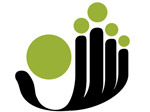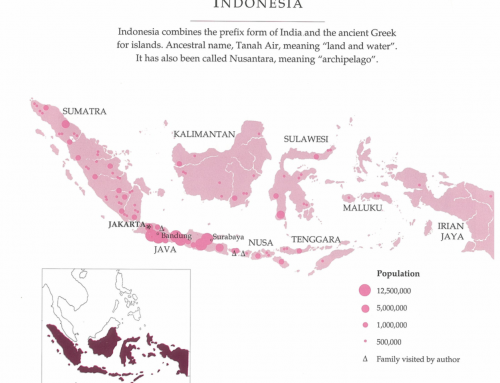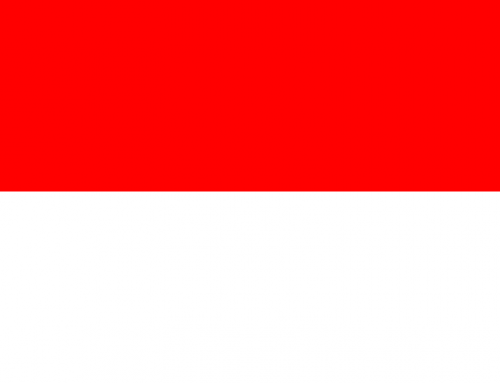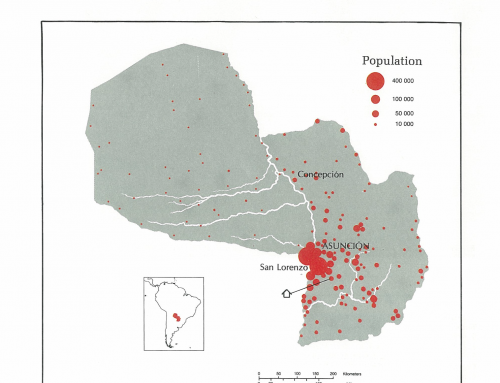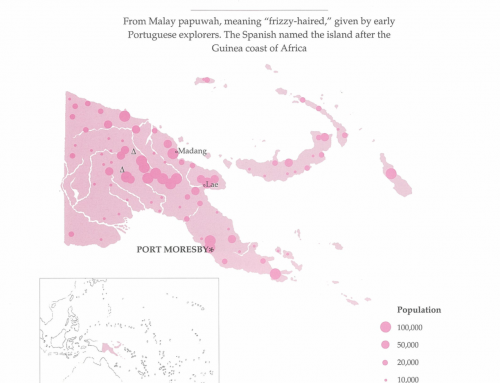The Hondurans
THE NAME: From Spanish hondo, meaning “deep”; Christopher Columbus noticed the area’s deep waters
GEOGRAPHY
Two major mountain ranges bisect the country from northwest to southwest; lowlands along both coasts
Max. altitude: 2,866 m. (9,403 ft .) (Las Minas)
Area: 111,890 sq. km. (43,277 sq. mi.)
Climate: Tropical in the coastal lowlands, but temperatein the mountainous regions. Rainy season from May to November.
Honduras is the third poorest country in Latin America. It is the deadliest country in the world for environmental activism. Its forests cover nearly half the country and are a hotbed of corruption and crime. Criminal activity in Honduras’ forests is stripping the country of its natural wealth, deepening poverty in rural areas, and causing violent social unrest, as forest communities are pitted against timber gangs.
Hondurans seeking to defend their rights to their forests and their land face alarmingly high levels of threats, intimidation, attacks and killings. …..(source)
Then
Density: 40 pers./sq. km (104 pers./sq. mi.) (1986)
Arable land: 16% (1987)
Forest: 33%
CAPITAL: Tegucigalpa, 539 042 inhabitants (1985)
Now
Density: 81 pers./sq. km (2016)
Arable land: 9,12% (2014)
Forest: 41% (?) (What about the situation of deforstation?)
Terrestrial Protected Areas: 21% (2014)
CAPITAL: Tegucigalpa, 850,848 inhabitants (2017)
HISTORY
Mayan civilization until 1st millennium A.D.
1502: Discovery by Christopher Columbus
1523: Beginning of permanent Spanish settlement
1570: Part of the Captaincy of Guatemala
September 15, 1821: Independence from Spain
1821- 38: Member of the United Provinces of Central America
November 5, 1838: Becomes an independent state
1932-49: Dictatorship under President Carias Andino
1957: Adoption of constitution
1969: Brief war with El Salvador, due to immigration of Salvadoreans in Honduras
Peace treaty drawn up in 1980
1982: Civilian government elected; the military remains powerful and retains control of security decisions.
